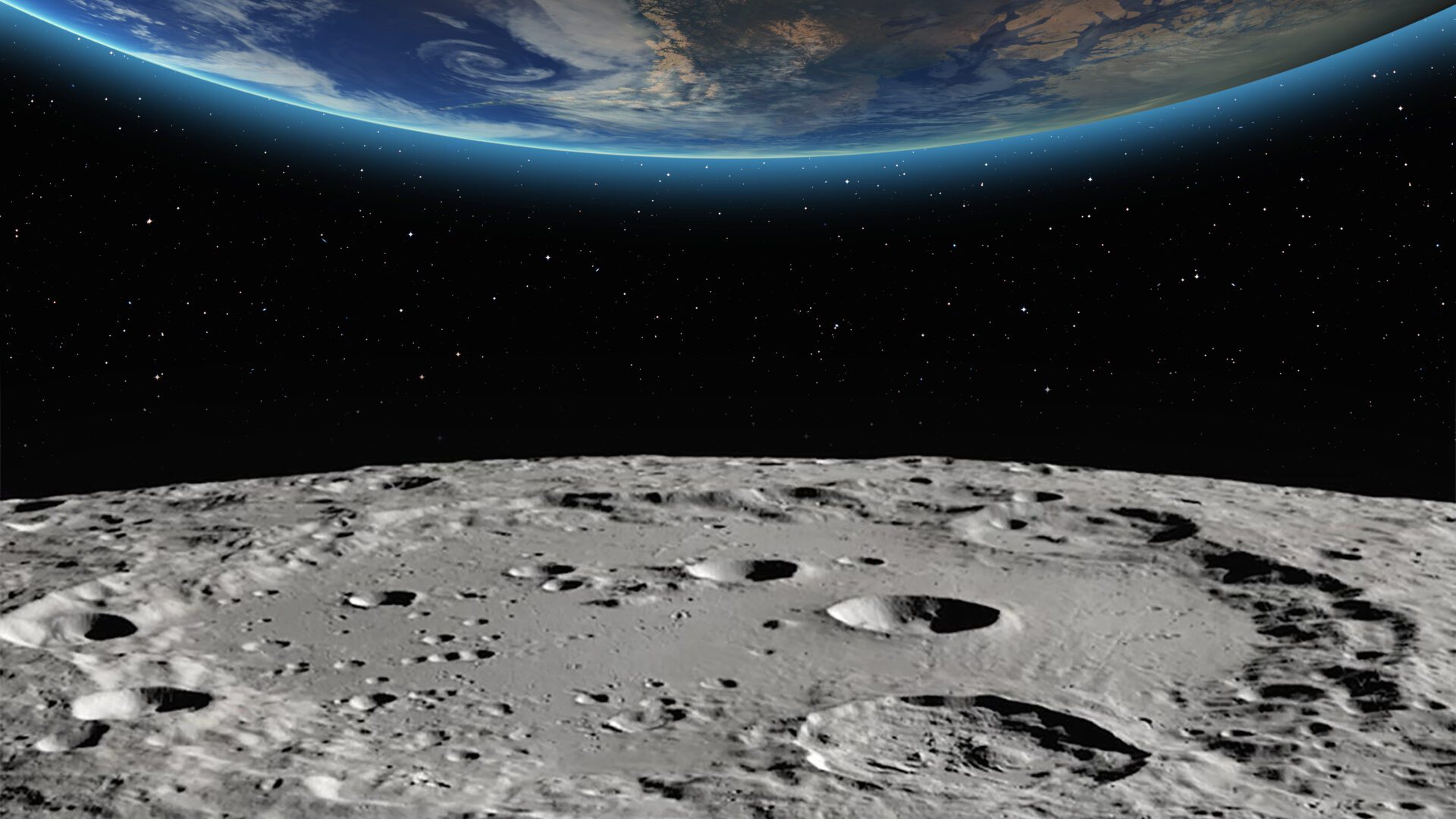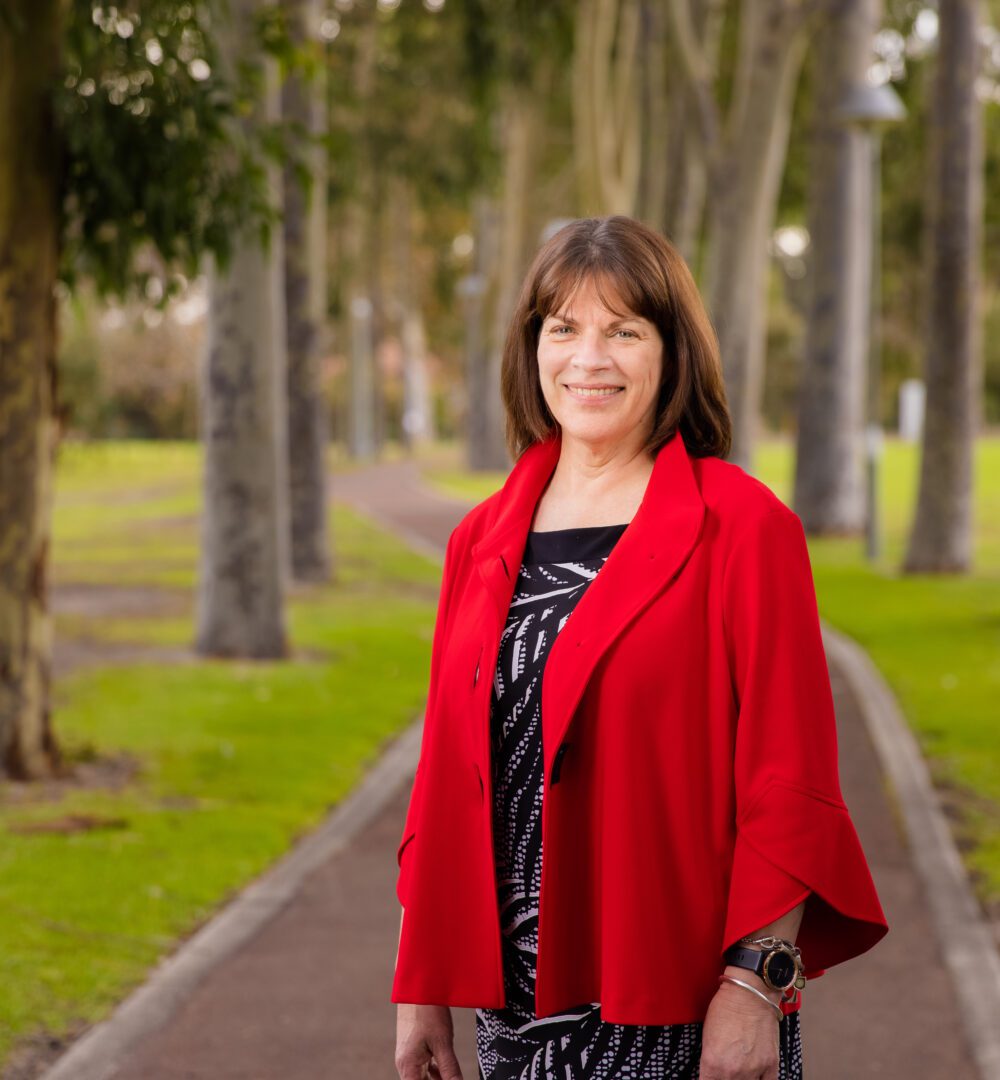Ranked second in the world and first in Australia* for Mineral and Mining Engineering, we’re driving collaborations in future-focused areas such as automation and decommissioning, and our Indigenous Chair for Biodiversity and Environmental Science is helping resources industries consider Aboriginal cultural and environmental principles.
In The Institute for Geoscience Research (TIGeR), our researchers are helping to locate giant deposits and extract and recover precious metals, and researchers in The Gold Technology Group have built and developed the commercially successful Carbon Scout.
Research into the requirements for mine site restoration is helping the industry deliver better financial, social and environmental outcomes. In the area of health and safety, mining engineering researchers specialising in fluid dynamics are improving mine ventilation and dust control, and have developed an effective dust suppressor for aluminium production.
*2021 QS World University Rankings by Subject.
Our strengths
Geoscience for exploration
The Institute for Geoscience Research (TIGeR) brings together Curtin researchers across the geosciences and the multi-million-dollar suite of analytical instruments at the John de Laeter Centre.
TIGeR’s research is extending the scientific understanding of natural element cycles responsible for distribution and formation of mineral, energy and water resources. Our studies into the distribution and redistribution of trace elements in ore minerals, for example, should help to locate giant ore deposits and improve precious metal extraction. Accordingly, we’re leading the research theme ‘Timescales of Mineral Systems’ of the collaborative Centre for Exploration Targeting.
TIGeR researchers also lead two flagship programs of the ARC’s Centre of Excellence for Core to Crust Fluid Systems and contribute research to Mining3, an industry-funded organisation that serves the global mining industry.
Learn more:
Institute for Geoscience Research (TIGeR)
Environmental assessment
Monitoring and mine site restoration is an increasing priority for mining companies and government groups relevant to Western Australia’s multibillion dollar mining industry. At Curtin’s Trace and Environmental DNA Laboratory, researchers are developing an efficient method of biodiversity monitoring using environmental DNA combined with DNA metabarcoding, in baseline surveys for requisite environmental assessments and restoration activities. The team also works closely with the genetics node of the ARC Centre for Mine Site Restoration, where research into the requirements for mine site restoration aims to help the industry deliver better financial, social and environmental outcomes.
The Sustainable Engineering Group at Curtin is also helping industry address its environmental challenges, through its focus on mapping by-product synergies, waste management, sustainability metrics, life cycle assessment, and water treatment and reuse. And in the area of health and safety, mining engineering researchers specialising in fluid dynamics are helping to improve mine ventilation and dust control, and have developed an effective dust suppressor for aluminium production.
Learn more
Trace and Environmental DNA Laboratory
Mining engineering
The WA School of Mines has various specialist research groups that partner with mining companies to deliver solutions to challenges in resource discovery and recovery.
The Drilling Mechanics Group develops practical engineering models and technical solutions across the drilling process, particularly bit–rock interaction, high-speed diamond drilling, drilling fluid and turbo drilling. The team is also designing new geophysical sensors and algorithms that integrate with drilling equipment. Complementing this work, Curtin is leading the drilling optimisation project of the MinEx CRC, undertaking modelling and developing algorithms to facilitate complete automation.
Our Mining Rock Mechanics group also undertakes applied research and testing for local and international mining organisations. The team is highly experienced in geotechnical assessments involving rock mass characterisation and back analysis of excavation performance. Within the Mining3, we’re leading the Deep Mining area that is designing high-energy dissipation schemes, focusing on tunnel shape and reinforcement, blasting techniques and mechanised installation.
The Gold Technology Group has expertise in precious metals research ranging from preconcentration and comminution to final recovery processes. They designed and built the product Carbon Scout, an automated laser device that enables real-time monitoring of activated carbon levels in gold adsorption tanks. The device was successfully tested by AngloGold Ashanti Australia and then licensed to Gekko Systems.
Learn more:
WA School of Mines: Minerals, Energy and Chemical Engineering
Resource economics
Studies by the Bankwest Curtin Economics Centre can be invaluable to an industry that is highly influenced by markets, policy and regulation. Focus areas include carbon pricing, fiscal regime administration and rare-earth markets. Curtin researchers at the Centre for Exploration Targeting also focus on resources economics, and are collaborating on a project that aims to improve resource sector taxation frameworks for developing nations.
The Curtin University Oil and Gas Innovation Centre also offers expertise in specialist areas of resource economics, including carbon management and energy futures, high-value diversification and stakeholder and risk management.
Learn more:
Workforce participation and safety
Industry is increasingly recognising the value of understanding the factors that impact the individual’s ability to thrive at work, particularly in the era of digital transformation. For example, studies by the Centre for Transformative Work Design at Curtin found that FIFO workers have higher levels of psychological distress, and that a workplace culture that emphasises employee wellness offers better mental-health outcomes. And our Future of Work Institute helped construction company BGC to improve their wellness metrics, which delivered improvements in organisational performance.
Learn more:
Optimisation
We have data science and mathematics experts undertaking industrial modelling and optimisation for resources industries, including in mineral prospectivity, decision-making for mining equipment and transport scheduling. For example, Curtin researchers assisted oil and gas company Woodside to optimise the scheduling of vessels that deliver cargo and assist the transfer of oil to tankers off the North West coast of Australia.
Optimisation is also a key part of the ARC Industrial Training Centre for Transforming Maintenance through Data Science, in which Curtin is the lead partner. The centre’s optimisation program aims to directly benefit industry, and we’re currently working with Alcoa to improve maintenance operations in process facilities.
In a related area of data science, researchers at the Future of Work Institute at Curtin are investigating how the increase in complex data analytics affects decision-making by maintainers, engineers and managers, to inform industry practice.
Learn more:
ARC Industrial Training Centre for Transforming Maintenance through Data Science
Asset management and decommissioning
A major aspect of optimisation and maintenance is the prevention and treatment of all forms of corrosion. The Curtin Corrosion Centre is internationally regarded for its expertise in corrosion diagnosis, prevention and integrity management, including in microbiologically induced corrosion.
The Curtin University Oil and Gas Innovation Centre also focuses on asset management, including the legal requirements and operation processes involved in offshore decommissioning – an increasingly important to the global petroleum industry. As this is a major emerging research area, Curtin is keen to partner with interested industry and government groups to ensure Western Australia is at the fore of global best practice in this area.
Learn more:
Site restoration
Restoration is a key aspect of Australia’s ability to manage its mineral resources, and our industries are recognised as world leaders in this area. Curtin has established several research initiatives to help industry understand, minimise and remediate environmental impact.
Curtin is the lead partner of the ARC Industrial Transformation Training Centre for Mine Site Restoration, which is helping deliver improved financial, social and environmental outcomes for industry. An important capability at the centre is our Trace and Environmental DNA Laboratory, where researchers are using environmental DNA to assess species’ presence and diversity to establish an environmental baseline prior to a mine site’s environmental approval planning.
Learn more:
ARC Industrial Transformation Training Centre for Mine Site Restoration
Key people

Professor Klaus Regenauer-Lieb

Dr Laurence Dyer
DISCIPLINES
Main Group Metal Chemistry, Colloid and Surface Chemistry, Electrochemistry, Industrial Chemistry, Hydrometallurgy, Mineral Processing/Beneficiation

Professor Jacques Eksteen
DISCIPLINES
Hydrometallurgy, Mineral Processing/Beneficiation, Pyrometallurgy






